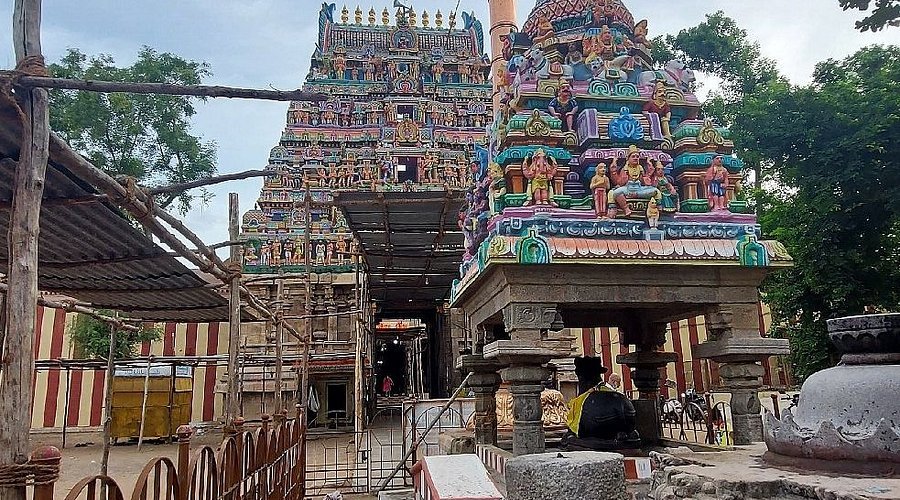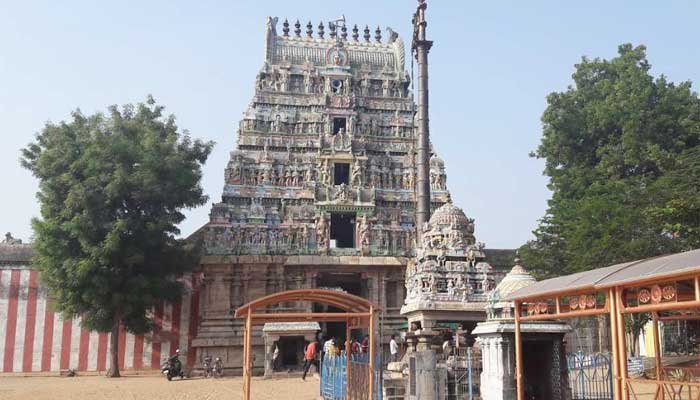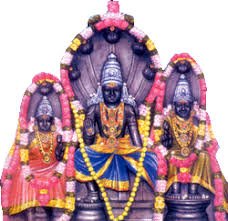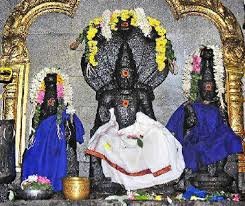Thirunageswaram Temple – Rahu

The presiding deity is Lord Shiva as Naganatha Swamy, and his consort Giri Gujambikai. The temple also houses a separate shrine for Rahu Bhagavan along with his two consorts Nagakanni and Nagavalli.






Architecture of the Temple

The temple is built in Dravidian style with multiple prakarams and gopurams (gateway towers).
There are four major gateways (gopurams) along the four sides, enclosing the outermost prakaram. The temple compound walls surround these.
In the second precinct there is the Rahu shrine (Rahu sannidhi) in a specific corner, and mandapams (pillared halls) with ornate pillars, some in Nayak style. The hall in the path to main shrine has pillars with yali motifs (mythical creatures).
There is a hundred pillar hall (100 pillars), particularly in the tank side / southern side of temple; large mandapams and a water head with four mandaps are noted. is also considered sacred and medicinal.
How to Reach to Temple
By Road: Thirunageswaram is approximately 6‑7 km from Kumbakonam. It lies on the bus route to Karaikal. Frequent buses are available from Kumbakonam.
By Train: Thirunageswaram has its own small railway station connected via Kumbakonam, Mayiladuthurai etc. Or one can travel by train to Kumbakonam and then by road.
By Air: The nearest major airport is Tiruchirapalli (Trichy) International Airport (around ~100‑km or more) from Thirunageswaram.

Temple Timings
























































